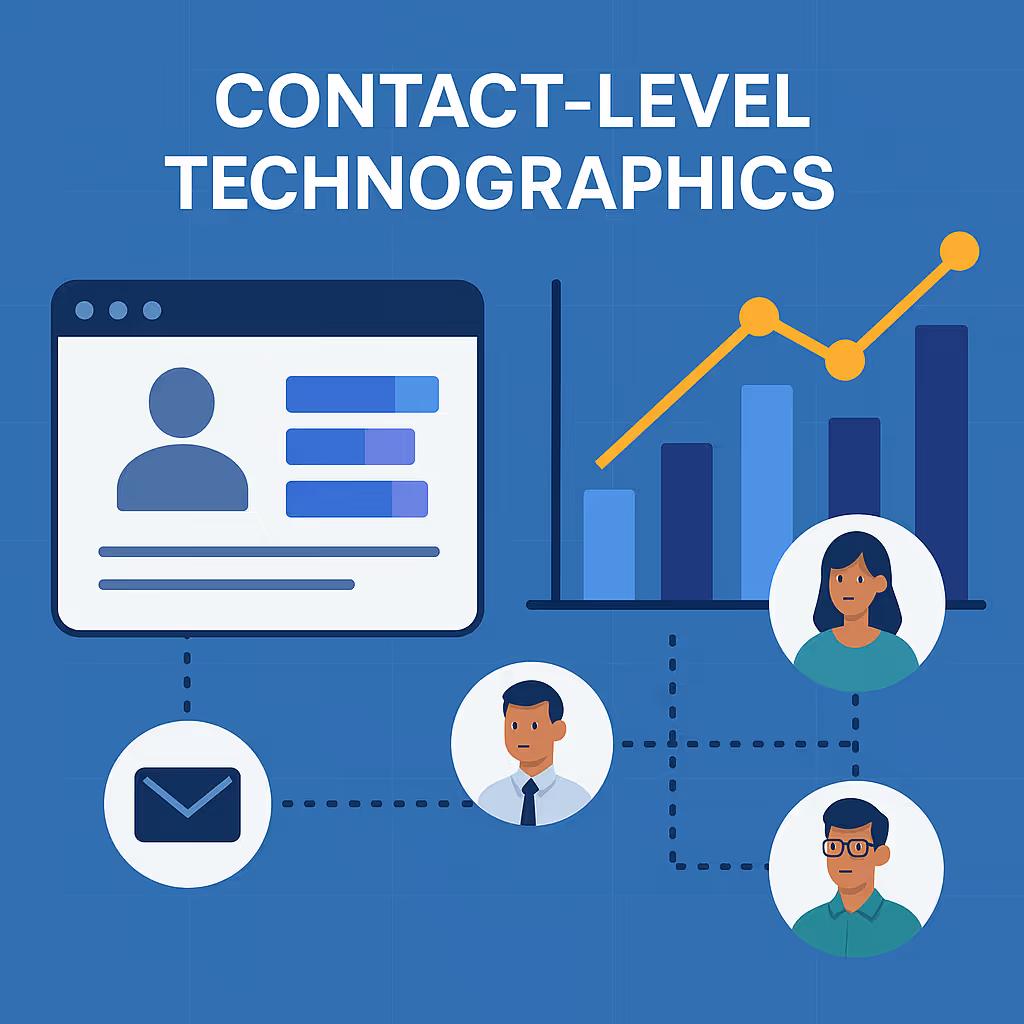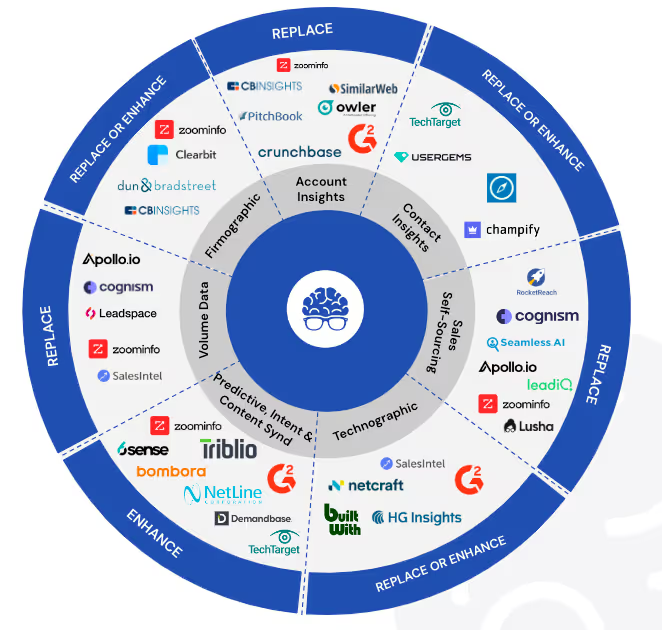The world of sales and marketing can feel a bit like the Wild West out there at times. You’ve got multiple brands in a shootout competing for your consumer's attention. They’ve got shiny new deals, increasingly aggressive offers, and a swag bag full of USP’s. So, how do you differentiate yourself without lowering the value of your products and getting into that dreaded race to the bottom?
The Psychology of Storytelling in Sales and Marketing
Storytelling isn’t just another marketing trend. Psychologically, there are reasons consumers respond so well to this method. As humans, we’re basically hardwired to connect with stories. They take us on a journey and make it easier to remember important information or details. It goes beyond bombarding your consumers with facts and figures about why your proposition is so great and instead makes an emotional connection with them. It’s a core principle of customer-centric sales strategy.
Consider the story of Google. Now, you might be thinking that something as functional as a search engine and emotions don’t really go hand in hand. However, Google proved that wrong. Back in 2013, they launched Google's “Year in Search” – a visual data story capturing all the significant online moments from each year.
This campaign wasn’t just light-hearted trivia, though. In 2022, the big question on everyone's mind, according to the searches, was, "Can I change?" – pretty thought-provoking stuff. It's like Google saying, hey, we're all in this together, dealing with these real-life concerns. Google's Year in Search? It puts real-life stories front and center, reminding us that there are humans with genuine questions and curiosities behind every search.

The Role of Storytelling in Sales
Imagine you’re pitching your best sales prospecting tools. You might be tempted to start reeling off facts and figures about increased efficiency and faster response times, but hang on for a minute. What does this actually mean to your customer?
Storytelling can be a compelling addition to your sales methodology. Instead of just listing off the features of your products and services, you can paint a picture that brings them to life and shows your consumers how they can make their lives better.
You walk them through what life could look like with your solution in place. Frustrating communication delays and slow lead generation? A thing of the past.
As your story unfolds, they begin to imagine a new world for their business where they not only streamline their sales process but enjoy better team collaboration. By taking them on a journey with you, you challenge the notion that all sales prospecting tools are similar. Instead, they start to rethink their expectations.
Creating Your Brand Story
You might be wondering where on earth you start with creating your brand story. Don’t panic; chances are you already know what you want to say. You just need the right approach.
Define Your Identity
To begin, understand who you are as a brand and what’s important to you. Why did your business start? What do you set out to do every day? Your brand mission statements and brand purpose shouldn’t just be empty words. Think about what they really mean to both you and your customers.
Let's say your specialty is B2B data solutions. Instead of saying, "We provide data solutions for businesses," you could say, "Our venture started with a commitment to making advanced data solutions accessible and impactful for every business."

Know Your Audience
To understand what will resonate with your target audience, you need to really get to know them. Think about who your ideal customer is, then identify what makes them tick. What problems might they be facing? What do they get excited about?
Moreover, consider factors such as customer acquisition cost (CAC) to ensure that your storytelling efforts align with your budget and return on investment (ROI).
Let’s say you provide domain names. You might think domain names aren’t something that people get too excited about. Now imagine sharing a story about how the perfect ai domain name transformed a startup, helping it to stand out in the tech world. By understanding your audience, you can share stories that connect with them on a human level.
Tell a Really Interesting Story
Storytelling shouldn’t come across like a formal presentation; it should feel like sitting down with a coffee and having a friendly chat with your customer. There’s no strict rulebook to storytelling, but to get started, you can look at popular methods like solving pain points or showcasing before-and-after moments. You could also share personal stories.
For instance, if you run a niche store catering to outdoor enthusiasts, share captivating narratives about customers who found the perfect gear and had unforgettable adventures, adding a touch of excitement to your storytelling approach.
Choose the Right Format
The world is your oyster when it comes to what format you share your story in, so feel free to get creative. You’ve got simple formats like articles, case studies, infographics, podcasts, or videos, or you can even bring influencers on board to really bring your brand story to life.
You might think influencers aren’t relevant to your industry, but it’s not all about TikTok trends and targeting Gen Z. For example, you could team up with a thought leader in your industry who posts informative, unbiased reviews about your products and services. To stay organized, consider using creator management tools to help you keep track of your content and how it’s performing.

Keep it real
Make sure your brand personality shines through in your story. It’s all about making your brand feel relatable and showing the real side of what you do. Don’t be too formal; throw in some anecdotes and features like “Meet the Team.” You want your brand to feel like a reliable friend to your customers, so keep it authentic.
Share Across Platforms
Don’t keep your brand story to yourself – share it far and wide. Shout it from the rooftops! It could be blogs, landing pages, or social media - LinkedIn can be a great space to promote your brand story.
Use your brand story consistently at every touch point, showcasing your dedication to meeting customers' values, particularly their strong emphasis on environmental responsibility, by considering incorporating elements of sustainable advertising.
Keep Telling Stories
The world of marketing might change as quickly as the weather at times, but there is one trusted tool that has stood the test of time. We’re talking about brand storytelling. It’s a unique way of connecting your audience with your brand and getting them to really buy into your brand. It encourages loyalty, drives conversion, and improves sales – what’s not to love?
Creating your brand storytelling strategy isn’t a “set it and forget it” process. Approach it like an ongoing journey, constantly evolving your story and weaving elements into your touchpoints. Pay attention to what your audience likes and needs, and use key performance indicators such as customer retention metrics to keep tabs on how well your storytelling strategy is working.




